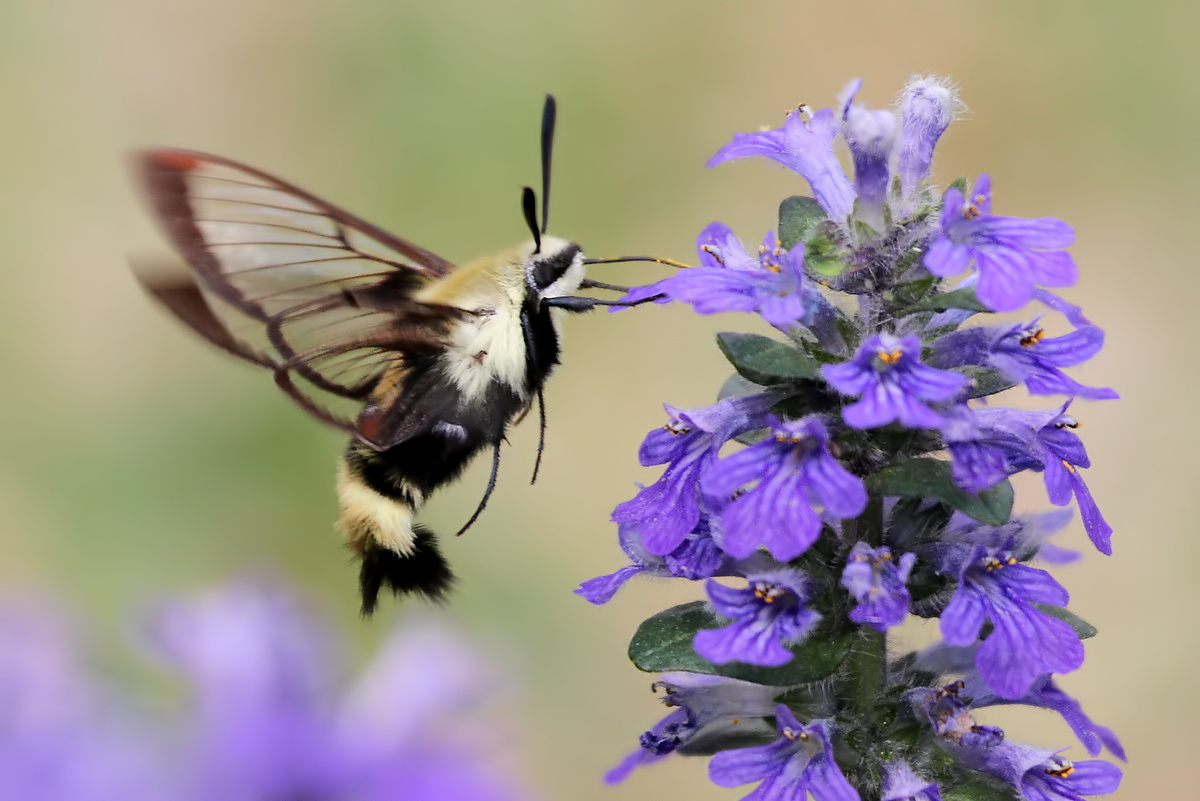When it comes to nature’s wondrous variety, turkeys strut their stuff in many ways. Beyond their stardom during the holidays, these birds boast myriad natural curiosities that might surprise you.
Linguists from Columbia University theorize that wild turkeys are named after the country, Turkey. The thought is that early Europeans were reminded of the African Guinea Fowl, a native of Turkey. The similarity between the two birds led to the turkey’s name.
Family matters
Turkeys are not solitary birds. Wild turkeys thrive in flocks, meandering through fields and forests. A group of male turkeys is called a posse. During the breeding season, a flock will contain male and female turkeys. Outside of the breeding season, males form posses, leaving the females to rear chicks. Each sex has a pecking order. The hierarchy between females is stable, while the dominant male is constantly changing.
Gobble Gobble
Wild turkeys have an impressive vocabulary beyond the famous gobble. They communicate using a variety of sounds, each with distinct meanings. In addition to the quintessential gobble, females make softer clucks and purrs. Their talkative nature shares information about food and threats while maintaining the social hierarchy.
Snoods and Wattles
Both male and female turkeys have a snood (the floppy, fleshy appendage draped across their beak) and a wattle (the red dangling appendage under their chin). Snoods of mature male turkeys, called toms, are longer and more prominent than female turkeys, called hens, or young male turkeys, called jakes. A 1997 study in the Journal of Avian Biology found female turkeys prefer males with long snoods.
Despite their weight
An average tom weighs 16 to 22 lbs. Hens weigh half of that. Their body shape may make them look slow and awkward, but they can clock 18 miles an hour on foot and 50 miles an hour in flight. Turkeys have keen eyesight, but their night vision is poor. To keep predators from sneaking up on them, they may fly onto high tree branches at night to sleep.
Turkey droppings
You can tell a turkey’s sex and age by their droppings. Male droppings are J-shaped, and a female’s scat is spiral-shaped. The bigger the size of the dropping, the older the bird.
Plummeting Population (not anymore!)
The U.S. Fish and Wildlife Service (USFWS) estimates that 21 percent of all U.S. hunters pursue turkey. It is the second most popular game after deer. Wild turkey populations plummeted in the early 20th century because of overhunting and habitat loss. It was estimated there were only around 30,000 birds left in the wild. But beginning in the 1940s, wild turkey conservation efforts led to a sharp rebound. The USFWS currently estimates there are 7 million turkeys in the wild.
Benjamin Franklin’s Thoughts on Turkeys
The story of Benjamin Franklin suggesting the National Bird be a turkey is a myth. According to the Franklin Institute, the false story began as a letter he wrote to his daughter in 1784. He wrote, “For my own part I wish the bald eagle had not been chosen as the representative of our country. He is a bird of bad moral character. He does not get his living honestly. You may have seen him perched on some dead tree, where, too lazy to fish for himself, he watches the labour of the fishing hawk; and when that diligent bird has at length taken a fish, and is bearing it to his nest for the support of his mate and young ones, the bald eagle pursues him, and takes it from him…the turkey is in comparison a much more respectable bird, and withal a true original native of America.”
The Franklin Institute asserts that although Benjamin Franklin defended the honor of the turkey against the bald eagle, he did not propose it becoming one of America’s most important symbols. Additionally, “The Eagle and the Shield: A History of the Great Seal of the United States” (1976), a book published by the U.S. State Department, indicates that Franklin was not writing seriously.
From their intricate social structures to their adaptive behaviors in the wild, turkeys are a fascinating part of the natural world. The next time you stroll in the woods, keep an ear out for the chatty conversations among these forest-dwelling fowls—they might just have some intriguing tales to tell!
Photo credit: National Wild Turkey Federation
Kelley V. Phillips is the Communications & Outreach Manager for Red-tail Land Conservancy. She strives to cultivate wonder in nature and action to protect it.




